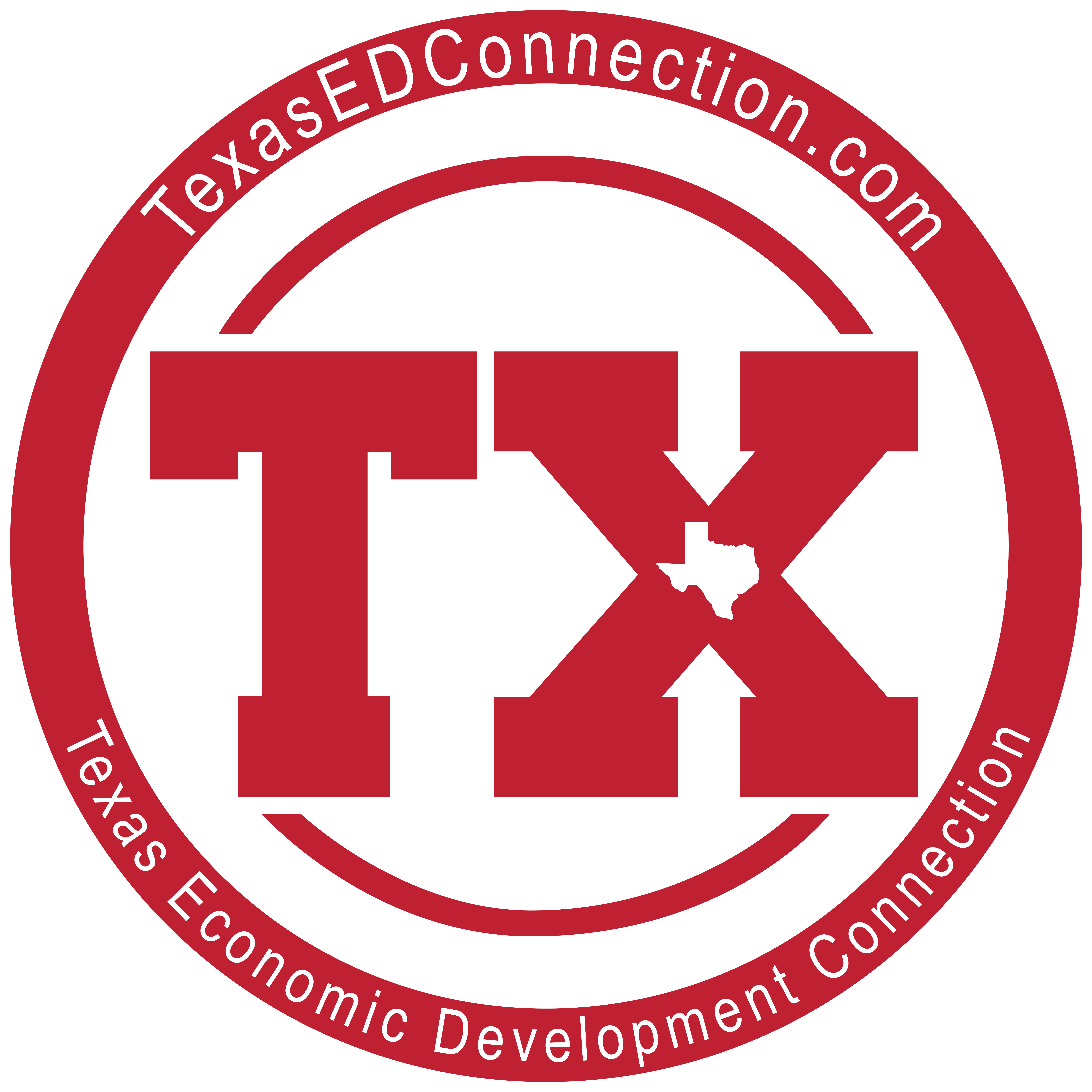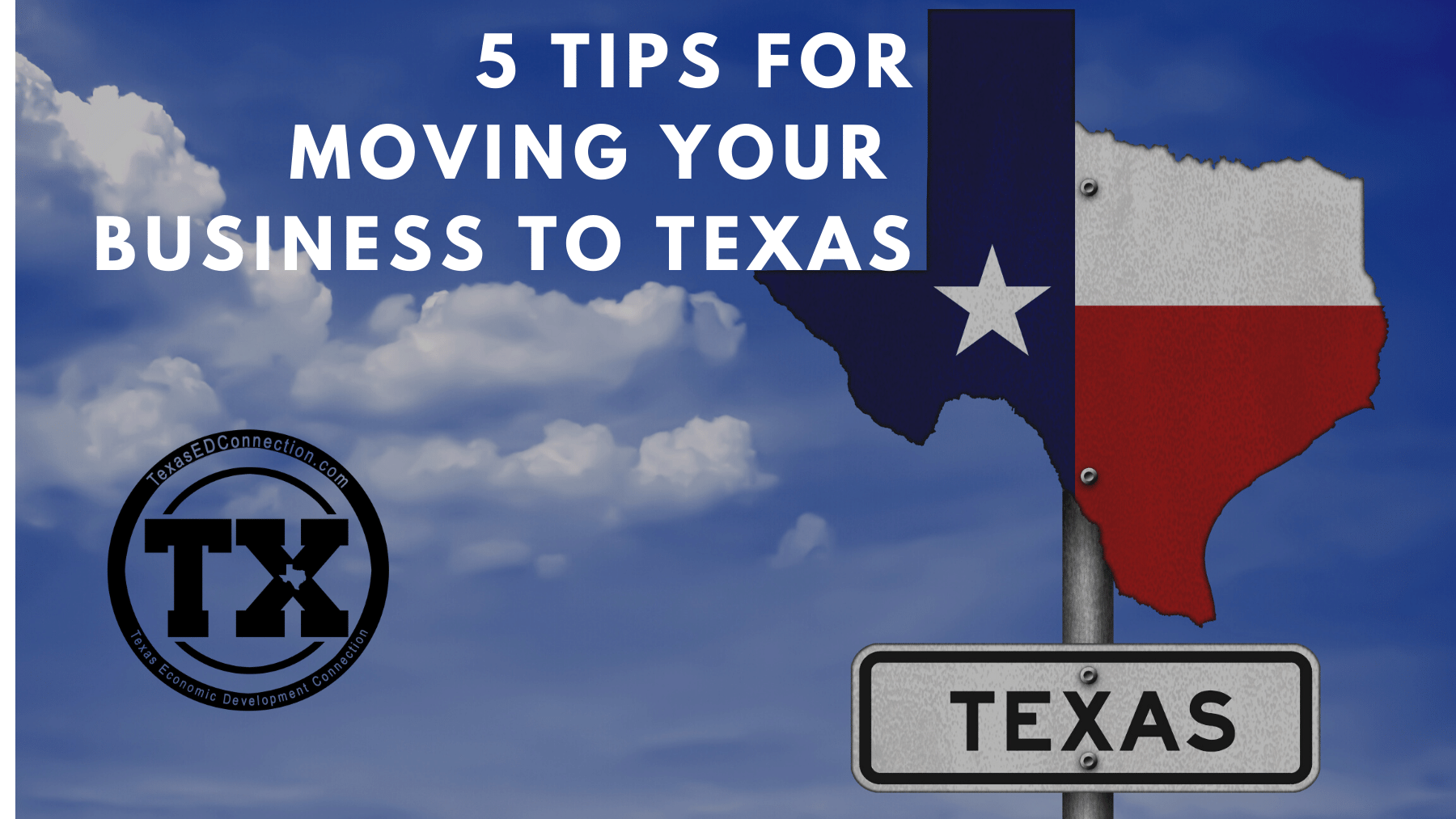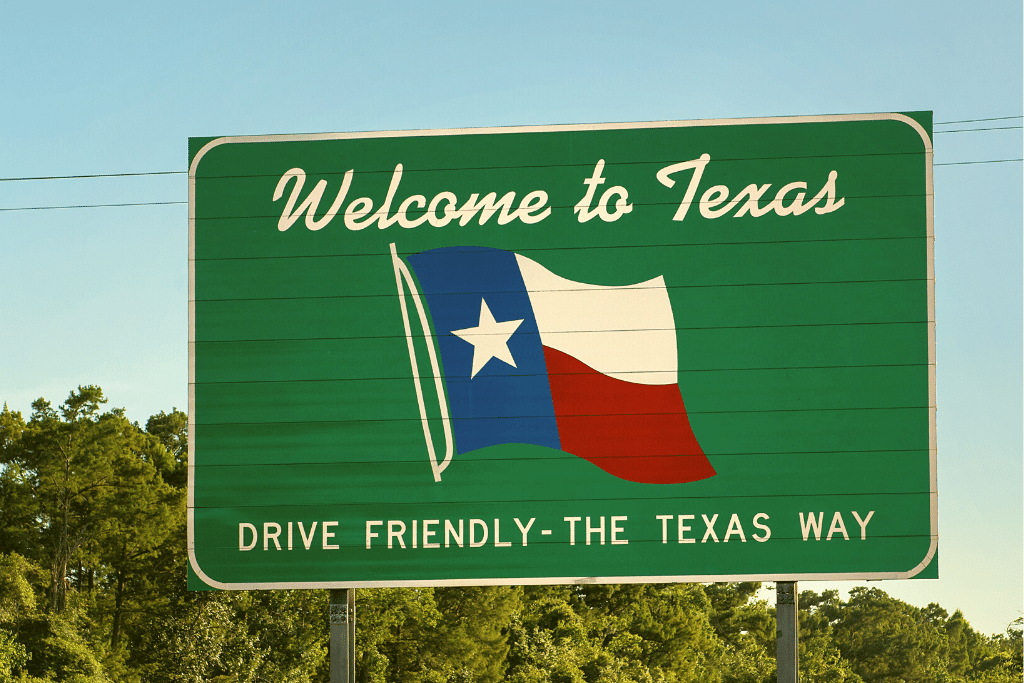So you’ve decided Texas is the state for your business. With the 2nd-largest economy in the US and the top ranking for economic growth, doing business in Texas is an excellent choice, and you’ll be in good company.
Making a site selection has a significant impact on the success of your business in terms of convenience, access, and the quality of the work environment. It also impacts the project’s initial and life cycle costs and the community’s economy, sense of place, and social fabric.
Whether you are moving your existing business, opening up a new location in the state to service existing clients, or if you are starting a brand new business, the following tips will help you navigate the adventure ahead.
1. Identify Your Ideal Environment
Texas is a big state and offers a broad scope of cultures within its borders. From urban central business districts to sprawling megaregions to the wide-open spaces in rural Texas, finding the right fit for your business is the first step in your business success in the Lone Star State. Knowing which type of environment your business thrives in is a crucial piece of the decision-making process.
2. Know your Must-have’s
Every business has must-haves that must be present for it to achieve success. Before launching into the search, take time to list out those aspects of your business that you must have in place in your new location. These could be things like ample power supply, access to a particular skilled workforce, and access to logistic infrastructures like rail, air, or water. Once you have a good grasp of the must-have items, you can mark locations off your list.
3. Know Your Building and Site Needs
Do you need office space, industrial space, outside storage? What are the specifics associated with your project’s building and site needs? One of the first questions you will get is what you need. With record numbers of businesses moving to Texas, the supply of available buildings continues to tighten. Identifying the minimum metrics for your facility and your site will allow you to quickly identify communities that can support your project.
4. Dive Into The Numbers
Once you’ve identified the initial list of viable sites, it is time for a detailed, long-term cost comparison of all potential locations. These costs will usually encompass five general categories:
- Labor costs: You must coordinate with your human resources department to identify and classify the estimated payroll, including salaried and hourly positions of the new project. Average hourly wages and a projected inflation factor should be built into the model, along with associated benefits and unemployment insurance and workers’ compensation costs.
- Site costs: These include land acquisition, building, and material and equipment costs. In many cases, a portion of these costs can be offset by local or state credits and incentives for equipment purchases or by grants for acquiring land.
- Transportation costs: Lack of adequate access could eliminate a site from consideration altogether, but beyond meeting the business’ minimum requirements, your project will face additional variations in the ongoing transportation costs associated with each location. Understanding how each site affects your transportation cost will help you determine the best fit for your business.
- Utility costs: As with transportation costs, utility costs are not necessarily a significant factor in every site selection project, but energy, water, sewer, and pollution-control costs can be substantial for manufacturers or other energy-intensive operations. Make sure you understand the impact to cost for each site in consideration.
- Tax costs: Unlike some other cost categories, taxes are always a serious concern. But taxes are also an area where the state and local governments play a prominent and direct role in payroll, property, state income taxes, and sales tax exemptions or adjustments. Make sure you understand how each location impacts your business’ tax cost.
5. Ask for Help
While there isn’t a guarantee of success for anyone who starts a business, Texan or not, the best way to succeed is to plan and prepare. If you feel overwhelmed by all the options available to you in Texas and would like help figuring out the next step needed to start your business journey in Texas, you are not alone.
The Texas Economic Development Connection Community Planning Tool was created to you navigate the process. We work by connecting you with economic development professionals who can send you information concerning business life in their community, along with any potential incentives that can be offered to help you offset your cost in moving to Texas. You can go big or go home in Texas, but you don’t have to feel alone or lost on the journey to becoming a Texas business.





Leave a Comment